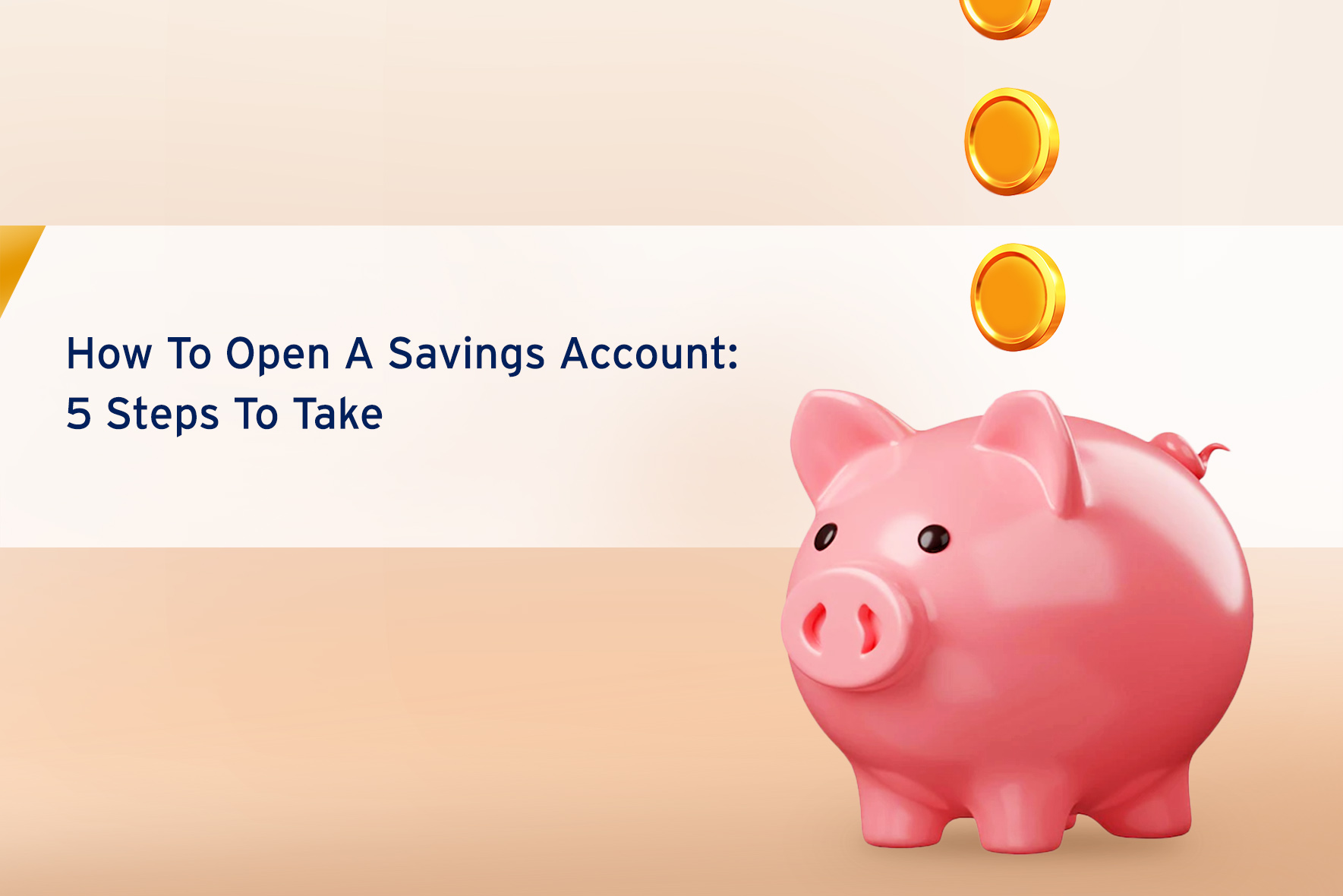Opening a savings account is always a good idea, no matter what your financial goals are,
Instead of waiting for a pile of money to fall on your lap, there are steps to take that ensure you accumulate enough funds to execute your dreams.
You don’t need a lot of money to
open an account
at many banks either. In some cases, financial institutions let you open a savings account without depositing any money.
Advantages of savings accounts
There are several advantages of opening a savings account. Not only does it pay interest, but it also allows for easy access to your money.
Some of the advantages of opening a savings account include.
● Interest bearing
One advantage of savings accounts is that they often pay interest on the money you deposit. Traditional savings accounts typically offer a modest annual percentage yield (APY), while online-only savings accounts may pay higher APYs.
● Easy to open
Savings accounts are often
easy to open
. In many cases, you can apply and complete the process online within a few minutes. Visit nairacompare.ng and find out for yourself!
● Accessible funds
Another positive feature of savings accounts is that they provide easy access to the funds in your account.
The money stays liquid and isn’t subject to a specific term like it is when it’s in a
Certificate of Deposit
(CD). You can often manage your money online and schedule transfers or withdrawals as needed, although withdrawals may be limited.
● Low risk
Savings accounts are safe,
low-risk investments
that offer returns without concerns of losing your money. Other types of interest-earning accounts require you to take risks to earn returns.
Downsides to having a savings account.
Despite its obvious advantages, savings accounts are also known to come with some disadvantages.
● Fees
Some
financial institutions
charge fees that can affect your earnings. For example, a monthly fee may be charged if your balance drops below the minimum balance requirement for the account.
● Low APYs
With the low risk of savings accounts come low-interest rates. Compared to other
interest-yielding options
like CDs, savings accounts will often have lower APYs.
● No tax benefits
The interest you earn from your savings account is taxable in the year it’s paid.
● Account restrictions
More often than not, savings accounts have restrictions, such as
minimum balance
or deposit requirements, withdrawal limits, and limited deposit or withdrawal methods.
For example, to get a certain APY, you may need to deposit a minimum amount in the account.
● Easy access
This is both an advantage and a disadvantage. Of course, you want to know that your money is available to you when you need it, but
easy access to money
means more temptations to spend it.
It’s a lot easier to spend your money when you have high levels of accessibility to it. For this reason, many choose to use other savings products to avoid the temptation of spending them.
Five steps for opening a savings account
Opening a savings account
in 2023 may appear pretty straightforward but with the following tips, your journey to financial freedom is made easier.
1. Shop for the best rates
If you’re looking to save your money and earn
good interest
while at it, a savings account is your best bet.
Whie some offer high-interests, others don’t.
However, the smartest first step is always to check what you can earn in a savings account at your existing bank or mobile bank.
With this information in hand, you can
compare with others
to find out how much more you might be able to earn on your savings elsewhere.
2. Choose the institution that works for you
After you’ve identified the rates you can find from the top-paying
savings account institutions
, it’s time to make the right choice for you.
Some of the factors you may want to consider here include the convenience of online banking, ease of account opening, ease of making deposits and others.
Don’t wait any longer. Click here to view our extensive list of
providers,
and select the one that best suits your goals.
3. Complete the application
Once you’ve decided which institution to use for your new
high-yield savings account
, it’s time to complete the required application.
Most likely you will do this online. In most cases, it should only take 10 minutes or so.
Some of the requirements for opening a savings account include.
● Bank Verification Number (BVN)
● A valid means of identification like your national ID card, driver’s license, international passport or other government-issued photo ID
● Proof of residence in the form of a utility bill
If the account you’re opening is at a physical bank, you’ll have the option of opening the account by visiting a branch.
4. Fund your new account
Some institutions require you to set up an
electronic transfer
of funds from an outside account into your new account immediately during the application process to fund the minimum initial deposit.
Others either won’t have a minimum deposit amount or will allow you to open the account first and fund it later.
A transfer from another bank is the most common means of
funding a new savings account
, but some institutions will offer you the option of making a direct deposit over the counter.
5. Enrol in online banking and download the app
Once your new account is opened, you’ll want to enrol in
online banking
for that institution.
Sometimes you’ll be able to do that right away after completing your online application. For other banks, you may have to wait a few days until you get an email or letter with the account information you’ll need for online enrolment.
Be sure to note your username and password in a secure place or using password storage software.
Also, make sure to keep your login details secure so you don’t fall prey to hackers.
How to maximise your savings
To make your decision to save worthwhile, it is important to note that
every kobo counts
.
Millions of Nigerians are stuck with the challenge of a high cost of living. However, the goal is to make the sacrifices while you can and reap the benefits in the future.
Here are some ways you can maximize your savings.
● Budgeting
One way to potentially increase the money that you can put toward savings is through the
use of budgeting
. Making a budget may make it easier to uncover opportunities where you can spend less.
● Track your spending
There are many
budgeting apps
that can pull in your previous expenses to show you where your money is going.
You can categorise your spending transactions, identify ways to cut back and improve your financial health.
In case you are wary of being watched, you can use a simple piece of paper, a spreadsheet.
Whatever you decide,
tracking your spending
helps you identify where your money is going and how to plug the leakages.
● Compare prices
This doesn’t make you a spendthrift. You need to periodically compare prices of items, so you know where to get
the best offer
.
You could end up saving a lot of money for about the same coverage.
● Pay off your debt
Paying off your loans can help you
maximize your savings
. The money you spend in servicing the loan creates a huge dent on your savings.
● Try high-yield savings accounts
They also follow about the same process and requirements with your regular savings account.
With a savings account, you can easily set aside funds for future use or emergencies. You can also earn interest on your savings, so your money grows over time.


.png?width=1615&height=444&name=nairaCompare%20Christmas%20Full%20Logo%20(White%20%26%20Yellow).png)
.png?width=1615&height=444&name=nairaCompare%20Christmas%20logo%20(PNG).png)








